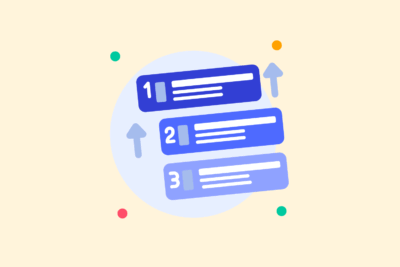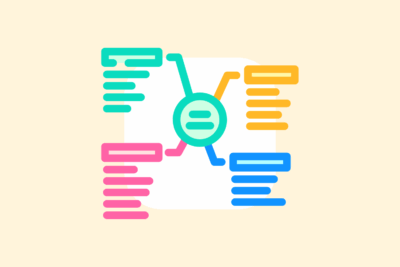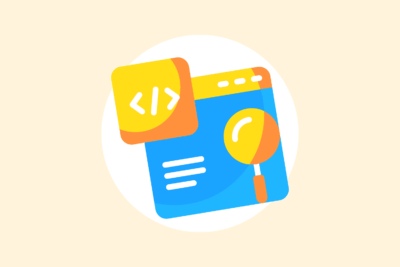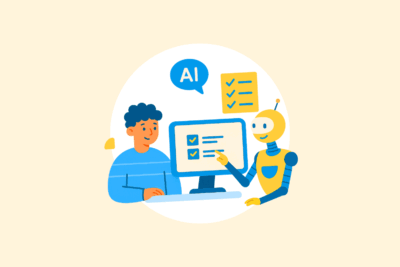How to use AI to discover entities and semantic fields for topic authority
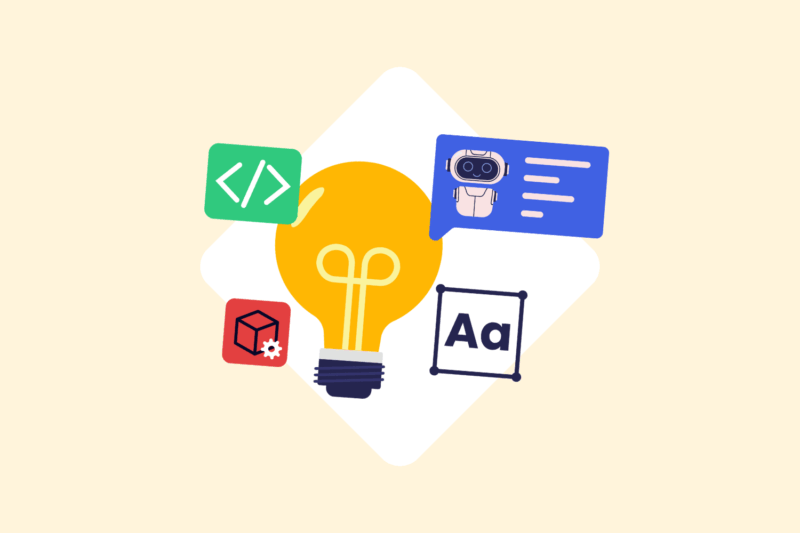
Topical authority is not a matter of more content, but of smarter coverage. Those who want to build authority within a particular topic must understand which entities, subtopics and semantic relationships are relevant within that domain. AI tools make it possible to systematically map these elements. That allows you to build a strong, cohesive content domain in a targeted way.
What are entities and semantic fields?
An entity is a unique, recognizable concept that search engines distinguish from other concepts. Consider people, places, products, technologies or concepts that have a fixed meaning in a particular context.
These semantic fields are groups of words and terms that are substantively related to a main topic. They give Google signals about the depth, scope and coherence of your content. The better you make these connections, the stronger your domain will be recognized as an authority within the topic. (1)
So the goal is not to use keywords haphazardly, but to cover the semantic landscape around your main topic as completely as possible.How does AI help discover relevant entities?
AI tools, particularly language models, are trained to process vast amounts of text and therefore quickly recognize which concepts structurally co-occur within a given domain.
With targeted prompts, you can use AI to gain insight into relevant entities within a main topic, find related concepts and terms for content depth, and explore logical subtopics or content clusters. This goes beyond simply collecting keywords: you find connections that better fit how search engines understand information, rather than just paying attention to how many people search for something.
How do you work with semantic structures in your content plan?
Once you have determined the most important entities and related terms, translate them into a clear content structure.
Start with a powerful main topic, work that into subtopics, and supplement with supporting content such as definitions or stories.
By setting up a hierarchy in doing so, you avoid content overlap, identify missing pieces and build step by step to complete semantic coverage of your topic. Use AI as a sparring partner to provide structure and set the right priorities. Not to write texts, but to keep an overview and build your content logically.
Getting started with SEO? Feel free to get in touch.

Use AI to find semantic gaps in your content clusters
With AI tools, you easily map entity gaps, within a topic cluster. For example, I once had the model search for related concepts, synonyms and entities missing from a client’s existing content. By additionally incorporating these, you strengthen your topical authority and increase your chances of better ranking in AI-first search environments. (2)
What AI tools do you deploy?
There are several ways to use AI in entity discovery and structuring. Here is a selection:
- Prompt-based analysis via language models such as ChatGPT, in which you specify a topic and ask for relevant terms, related entities and content hierarchies.
- NLP analysis via tools like Google Cloud Natural Language API or TextRazor, which let you analyze existing content or SERP pages for entities. (3)
- Combinations with your own keyword and SERP data, with AI helping to reveal connections that are underexposed in spreadsheets or exports.
The power is in the interpretation of AI output and how to translate it into a clear content strategy.
Collecting terms and concepts is only the beginning. True topic authority occurs when you apply these insights consistently in your content strategy.
In doing so, focus on content clusters where pages are logically connected, use entities as recognizable reference points in your texts and structured data, and make sure your content stays current by regularly responding to new terms, trends or shifts within the semantic field.
That way, rather than building individual pages, you build a cohesive network of meaningful content that matches how search engines interpret the topic.
Summary
AI enables faster and more complete insights into the entities and semantic fields that determine topic authority. By combining these insights with a logical content structure, you strengthen your position as a trusted source within your niche. Those who use AI intelligently for entity-driven content build authority, structure and visibility faster. This is exactly what Google is looking for.
| # | Source | Publication | Retrieved | Source last verified | Source URL |
|---|---|---|---|---|---|
| 1 | Stop Overcomplicating Things. Entity SEO is Just SEO (SEO Blog By Ahrefs) | 04/10/2024 | 04/10/2024 | 13/10/2025 | https://ahrefs.com/blog/.. |
| 2 | 10 Ways to Use AI for SEO to Streamline Your Work (Semrush Blog) | 04/07/2025 | 04/07/2025 | 16/10/2025 | https://www.semrush.com/.. |
| 3 | Mastering NLP for modern SEO: Techniques, tools and strategies (Search Engine Land) | 12/02/2024 | 12/02/2024 | 21/10/2025 | https://searchengineland.. |
- Ong, S. Q. (04/10/2024). Stop Overcomplicating Things. Entity SEO is Just SEO. SEO Blog By Ahrefs. Retrieved 04/10/2024, from https://ahrefs.com/blog/entity-seo/
- Meis, C., & Skopec, C. (04/07/2025). 10 Ways to Use AI for SEO to Streamline Your Work. Semrush Blog. Retrieved 04/07/2025, from https://www.semrush.com/blog/ai-seo/
- Jess Peck. (12/02/2024). Mastering NLP for modern SEO: Techniques, tools and strategies. Search Engine Land. Retrieved 12/02/2024, from https://searchengineland.com/nlp-seo-techniques-tools-strategies-437392

